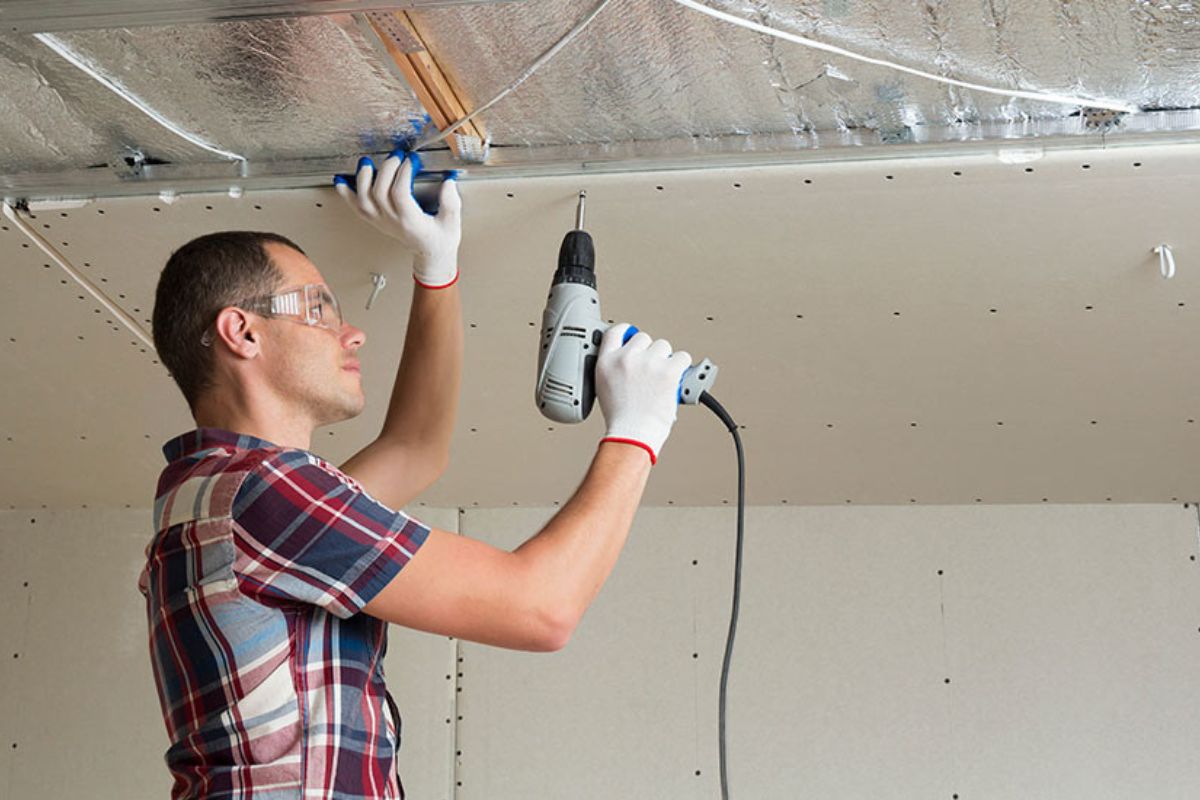

Articles
Which Side Of Insulation Board Faces Out
Modified: May 6, 2024
Get expert advice on which side of insulation board faces out. Read our informative articles to ensure proper installation and maximum efficiency.
(Many of the links in this article redirect to a specific reviewed product. Your purchase of these products through affiliate links helps to generate commission for Storables.com, at no extra cost. Learn more)
Introduction
When it comes to insulating your home or building, the proper installation of insulation board is crucial. Insulation board helps to regulate the temperature inside, keeping you comfortable and reducing energy costs. But did you know that the orientation of the insulation board also plays a significant role in its effectiveness?
In this article, we will explore why the orientation of insulation board is important and how to determine which side faces out during installation. We will also discuss the factors to consider and common mistakes to avoid when installing insulation board. So, let’s dive in and unravel this often-overlooked aspect of insulation board installation.
Key Takeaways:
- Proper orientation of insulation board is crucial for maximizing thermal resistance, moisture control, and fire safety, ultimately enhancing energy efficiency and building durability.
- Following manufacturer guidelines, considering vapor barriers, and avoiding common installation mistakes are key to ensuring effective insulation board installation and long-term energy savings.
Read more: Which Way To Face Insulation
Why is the orientation of insulation board important?
The orientation of insulation board is important because it affects the overall performance and efficiency of the insulation. Insulation boards typically have two distinct sides, commonly referred to as the “facing” and the “backing.” These sides serve different purposes and have specific functions, which is why it is crucial to install the insulation board with the correct side facing out.
One of the primary reasons for considering the orientation of insulation board is to maximize its thermal resistance. Insulation boards are designed to provide a barrier against heat transfer, whether it’s preventing heat from entering during the summer or retaining heat inside during the winter. The proper orientation of the insulation board ensures that it effectively blocks the flow of heat in and out of the building, improving energy efficiency.
Additionally, the orientation of the insulation board is important for moisture control. The facing side of the insulation board is often treated with a vapor barrier material that helps prevent moisture from seeping into the insulation. This is particularly crucial in areas with high humidity or where moisture intrusion is a common problem. By installing the insulation board with the facing side out, you can minimize the risk of moisture damage and mold growth, enhancing the durability and longevity of the insulation system.
Furthermore, the correct orientation of insulation board can impact the fire safety of the building. Insulation boards with a specific facing side may have flame-retardant properties or meet certain fire safety standards. Installing the insulation board with the intended facing side outward ensures that the fire-protection features are properly utilized, reducing the spread of fire and increasing the overall safety of the building.
In summary, the orientation of insulation board is crucial because it affects the thermal resistance, moisture control, and fire safety of the building. By installing the insulation board with the correct side facing out, you can maximize its performance and ensure the long-term effectiveness of the insulation system.
Understanding the different sides of insulation board
Before we dive into the factors to consider when determining which side of the insulation board faces out, it’s important to understand the different sides of the board. Insulation boards typically have a facing side and a backing side, each serving a specific purpose in the insulation system.
The facing side of the insulation board is the side that is intended to be exposed to the inside of the building. It is often covered with a vapor barrier material or a reflective foil that helps control moisture and enhance thermal performance. The facing side may also have markings or labels indicating its specifications or manufacturer information.
The backing side of the insulation board, on the other hand, is the side that is meant to be installed against the wall or foundation. It is usually plain and does not have any special coatings or treatments. The backing side provides structural support to the insulation board and helps maintain its integrity during installation.
It’s important to note that not all insulation boards have a distinct facing and backing side. Some boards, especially those made of foam or rigid insulation, may have the same material and finish on both sides. In such cases, the orientation of the insulation board becomes less important, and you can install it with either side facing out.
However, if you are working with insulation boards that have a clear distinction between the facing and backing sides, it is crucial to follow the manufacturer’s guidelines and recommendations. The manufacturer will provide specific instructions regarding the orientation of the insulation board to ensure optimal performance and compliance with building codes.
Now that we have a better understanding of the different sides of insulation board, let’s explore the factors to consider when determining which side faces out during installation.
Factors to consider when determining which side of insulation board faces out
When installing insulation board, it is important to consider several factors to determine which side should face out. These factors will vary depending on the type of insulation board you are using, as well as the specific requirements of your building. Here are some key factors to consider:
- Vapor barrier: If the insulation board has a vapor barrier on one side, it is essential to install it with the facing side out. The vapor barrier helps prevent moisture from entering and accumulating within the insulation, reducing the risk of mold growth and water damage.
- Reflective surface: Some insulation boards have a reflective foil facing designed to reflect radiant heat. In this case, it is important to install the insulation board with the foil facing out to maximize its heat-reflecting properties.
- Fire resistance: Insulation boards may have specific fire resistance ratings or flame-retardant properties. To ensure that the fire-resistant features are utilized correctly, it is crucial to install the insulation board with the intended facing side out.
- Manufacturer guidelines: Always refer to the manufacturer’s instructions and guidelines for the specific insulation board you are using. The manufacturer will provide clear recommendations on the proper orientation of the insulation board to achieve optimal performance and compliance with building codes.
- Building codes and regulations: Local building codes may have specific requirements regarding the orientation of insulation board. It is important to familiarize yourself with these codes and ensure that your installation meets the necessary standards.
- Climate and moisture conditions: Consider the climate and moisture conditions in your area. If you live in a humid environment or an area prone to moisture intrusion, installing the insulation board with the facing side out can help provide an additional level of moisture control.
Remember, it is essential to consider all these factors collectively when determining which side of the insulation board faces out. Following the manufacturer’s guidelines and complying with building codes will ensure that your insulation system performs optimally and provides the desired energy efficiency and comfort.
When installing insulation board, the foil or reflective side should face outward to reflect heat and light. The plain side should face inward to provide a barrier against heat transfer.
Recommendations for proper installation of insulation board
Installing insulation board properly is crucial to ensure its effectiveness and efficiency. Here are some recommendations to follow for the proper installation of insulation board:
- Read the manufacturer’s instructions: Before starting the installation, carefully read and follow the manufacturer’s instructions for the specific insulation board you are using. These instructions will provide guidance on the correct orientation, fastening methods, and any additional steps necessary for a proper installation.
- Prepare the installation area: Clean the surface where the insulation board will be installed, removing any debris or obstructions. Ensure that the surface is smooth and even to achieve a secure and uniform installation.
- Measure and cut the insulation board: Take accurate measurements of the installation area and cut the insulation board accordingly. Use a straightedge and a utility knife to achieve clean and precise cuts.
- Install the insulation board with the correct orientation: Determine the correct side of the insulation board that should face out based on the factors mentioned earlier. Make sure to position the insulation board with the facing side out for optimal thermal resistance and moisture control.
- Secure the insulation board: Use appropriate fasteners, such as nails or screws, to secure the insulation board to the wall or framing. Follow the manufacturer’s recommendations for the appropriate spacing of fasteners to ensure proper support and stability.
- Seal joints and gaps: Pay close attention to sealing any joints, gaps, or penetrations in the insulation board. Use compatible sealants or tapes to create an airtight and moisture-resistant barrier, preventing the infiltration of air and moisture into the insulation system.
- Follow safety precautions: Wear appropriate personal protective equipment, such as gloves, goggles, and a dust mask, when handling insulation board. Follow safety guidelines to minimize the risk of injury during the installation process.
- Inspect the installation: Once the insulation board is installed, conduct a thorough inspection to ensure proper alignment, secure fastening, and effective sealing. Address any issues or gaps that may compromise the insulation system’s performance.
By following these recommendations, you can ensure the proper installation of insulation board, maximizing its effectiveness in enhancing thermal performance, moisture control, and overall energy efficiency of your building.
Read more: Which Way Does Insulation Face In Attic
Common mistakes to avoid when installing insulation board
While installing insulation board may seem straightforward, there are several common mistakes that should be avoided to ensure optimal performance and effectiveness. Here are some common mistakes to watch out for:
- Incorrect orientation: One of the most critical mistakes is installing the insulation board with the wrong side facing out. Always follow the manufacturer’s instructions and consider the factors mentioned earlier to determine the correct orientation.
- Poor sealing: Failing to properly seal joints, gaps, and penetrations can result in air leakage, reducing the insulation board’s effectiveness. Use compatible sealants and tapes to create an airtight seal and prevent the infiltration of air and moisture.
- Insufficient fastening: Improper fastening of the insulation board can lead to sagging or inadequate support, compromising the integrity of the installation. Follow the manufacturer’s recommendations for the appropriate spacing and type of fasteners to ensure secure attachment.
- Overcompression: Pressing or compressing the insulation board too tightly against the wall can reduce its effectiveness and decrease its thermal resistance. Allow for proper expansion and avoid compressing the insulation board beyond its recommended thickness.
- Ignoring building codes: It is essential to comply with local building codes and regulations regarding insulation board installation. Failure to do so can lead to safety issues and may result in difficulties during inspections or potential violations.
- Insulation gaps: Leaving gaps between insulation boards or between the insulation and the wall can allow air and moisture infiltration. Ensure a tight and seamless installation by properly fitting and aligning the insulation boards.
- Ignoring safety precautions: Always prioritize safety during insulation board installation. Wear appropriate protective gear, handle sharp tools with care, and follow safety guidelines to minimize the risk of injuries.
- Not seeking professional guidance: If you’re unsure about proper installation techniques or have specific concerns about your project, it is always beneficial to seek professional guidance. Professional installers can provide expertise and ensure the insulation board is installed correctly.
Avoiding these common mistakes will help ensure a proper and effective installation of insulation board, maximizing its thermal performance, moisture control, and overall energy efficiency in your building.
Conclusion
Properly installing insulation board is crucial for enhancing the energy efficiency, comfort, and durability of your home or building. The correct orientation of the insulation board plays a significant role in its performance, as it affects thermal resistance, moisture control, and even fire safety. By understanding the different sides of insulation board and considering factors such as vapor barriers, reflective surfaces, and manufacturer guidelines, you can ensure the proper orientation during installation.
It is important to follow the manufacturer’s instructions and comply with local building codes to achieve optimal results. Taking the time to measure and cut the insulation board accurately, securing it with the appropriate fasteners, and sealing any joints or gaps will further enhance the insulation system’s effectiveness. By avoiding common mistakes such as incorrect orientation, poor sealing, and insulation gaps, you can ensure a successful installation that maximizes energy savings and comfort.
Remember, seeking professional guidance when necessary and adhering to safety precautions are essential aspects of installing insulation board properly. By considering all these factors and recommendations, you can create an energy-efficient and comfortable living or working environment while reducing your carbon footprint and lowering your energy costs.
So, when it’s time to install insulation board in your building, take the time to understand the orientation, follow the guidelines, and make informed decisions. By doing so, you’ll reap the benefits of a well-insulated space that provides long-lasting comfort and energy efficiency.
Curious about starting your own home projects or improving your house's energy efficiency? Our site has plenty more insights to offer! If you're itching to unleash your creativity and save some money, our article on the joys and benefits of DIY projects is a must-read. For those looking to enhance their home's warmth and reduce energy bills, don't miss our detailed guide on the latest trends in wall insulation. Both articles are packed with useful tips and tricks that are easy to follow and implement.
Frequently Asked Questions about Which Side Of Insulation Board Faces Out
Was this page helpful?
At Storables.com, we guarantee accurate and reliable information. Our content, validated by Expert Board Contributors, is crafted following stringent Editorial Policies. We're committed to providing you with well-researched, expert-backed insights for all your informational needs.
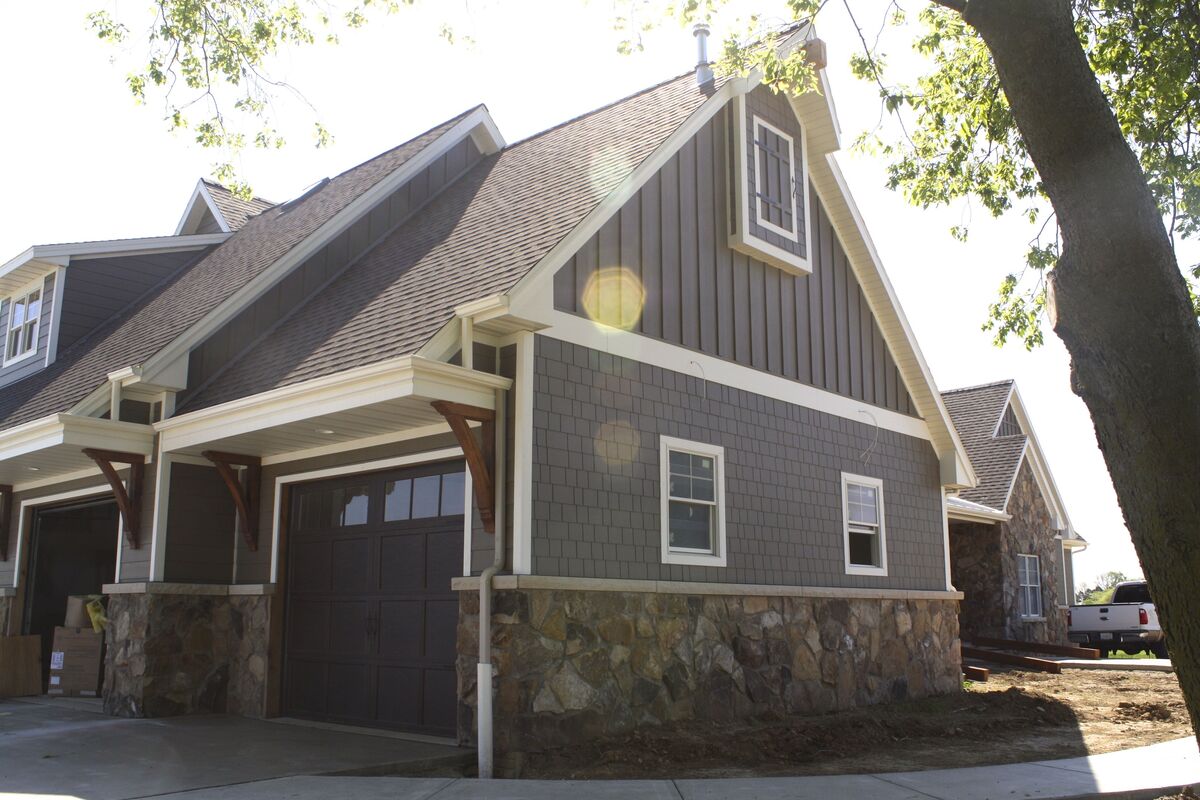
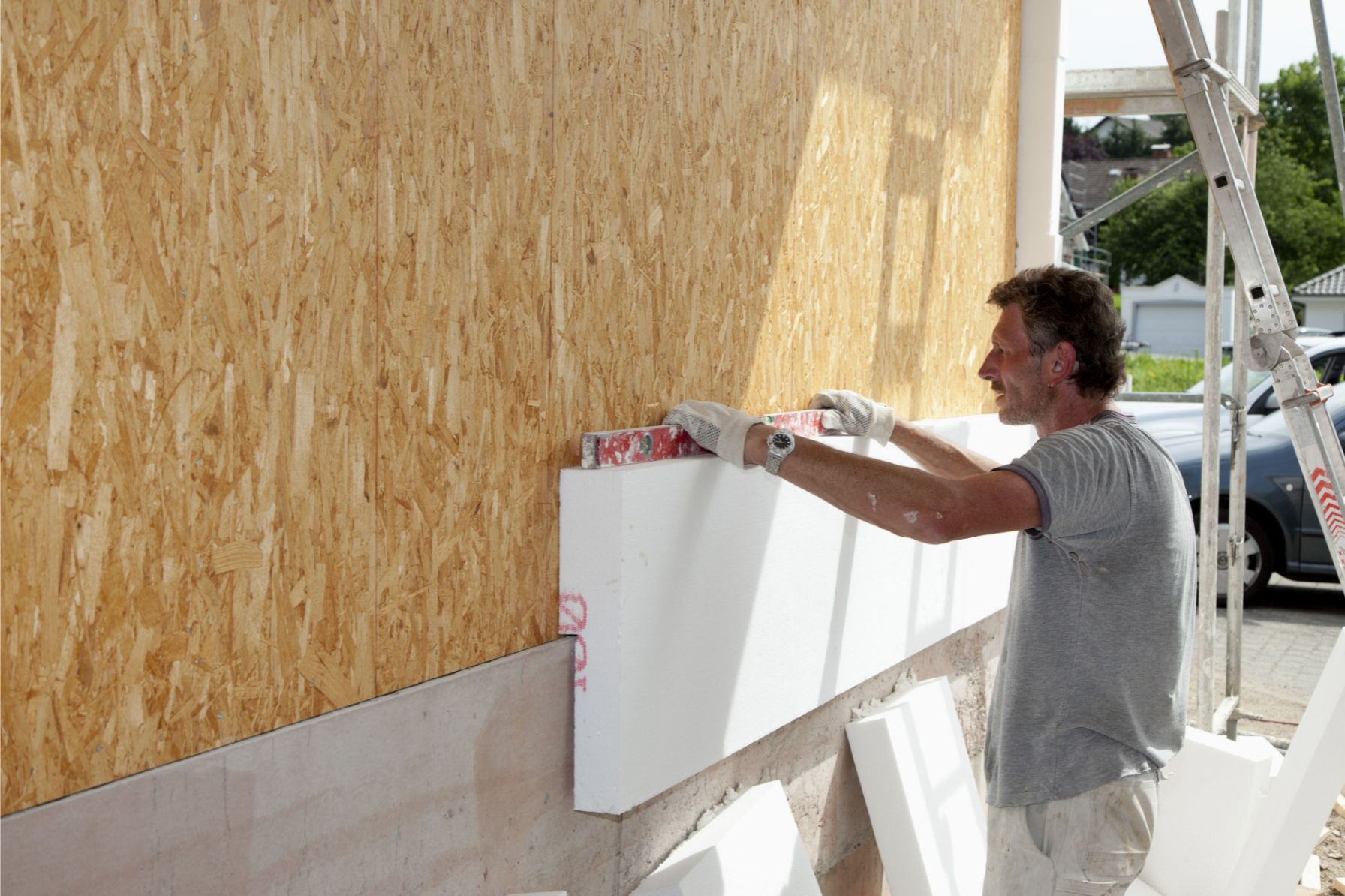
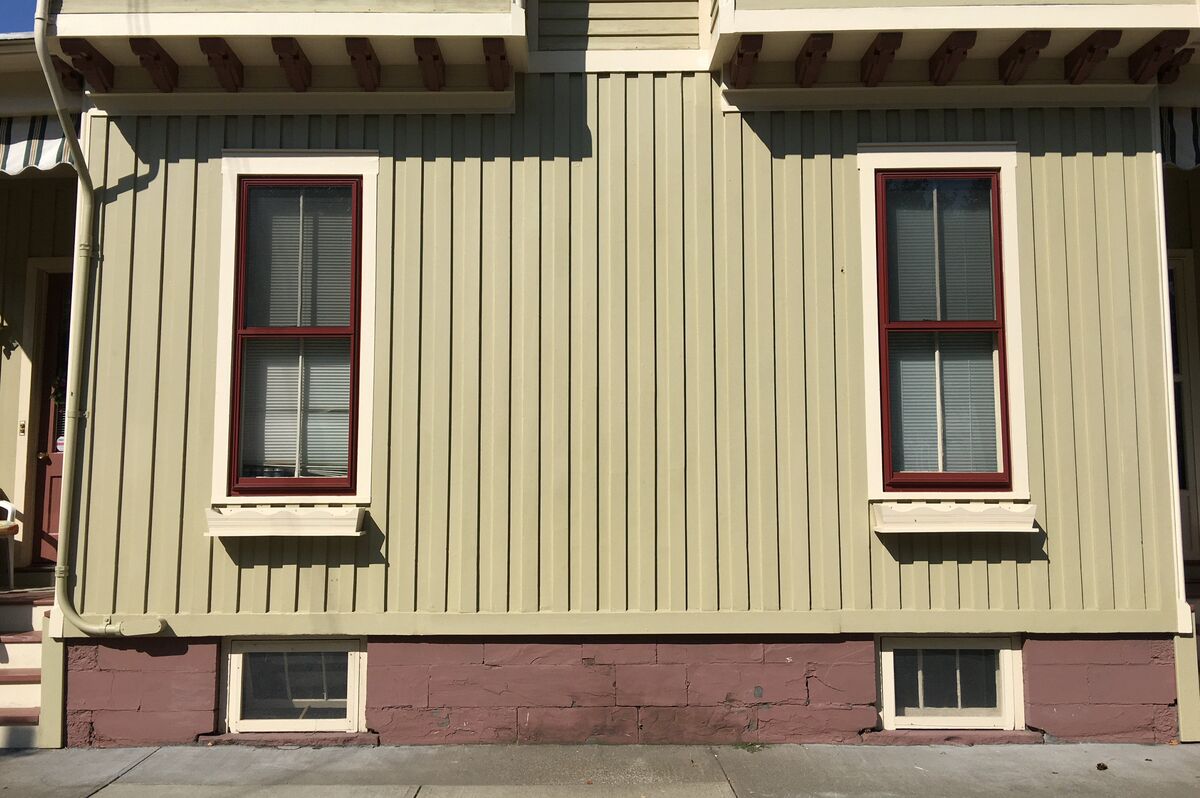
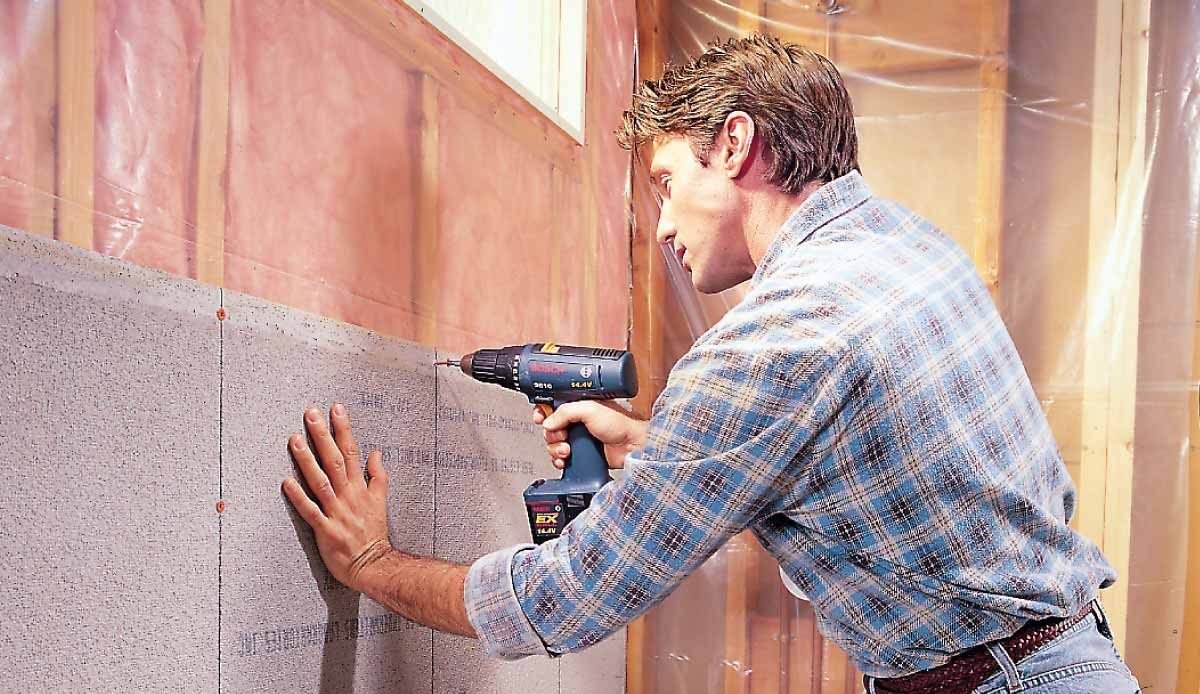
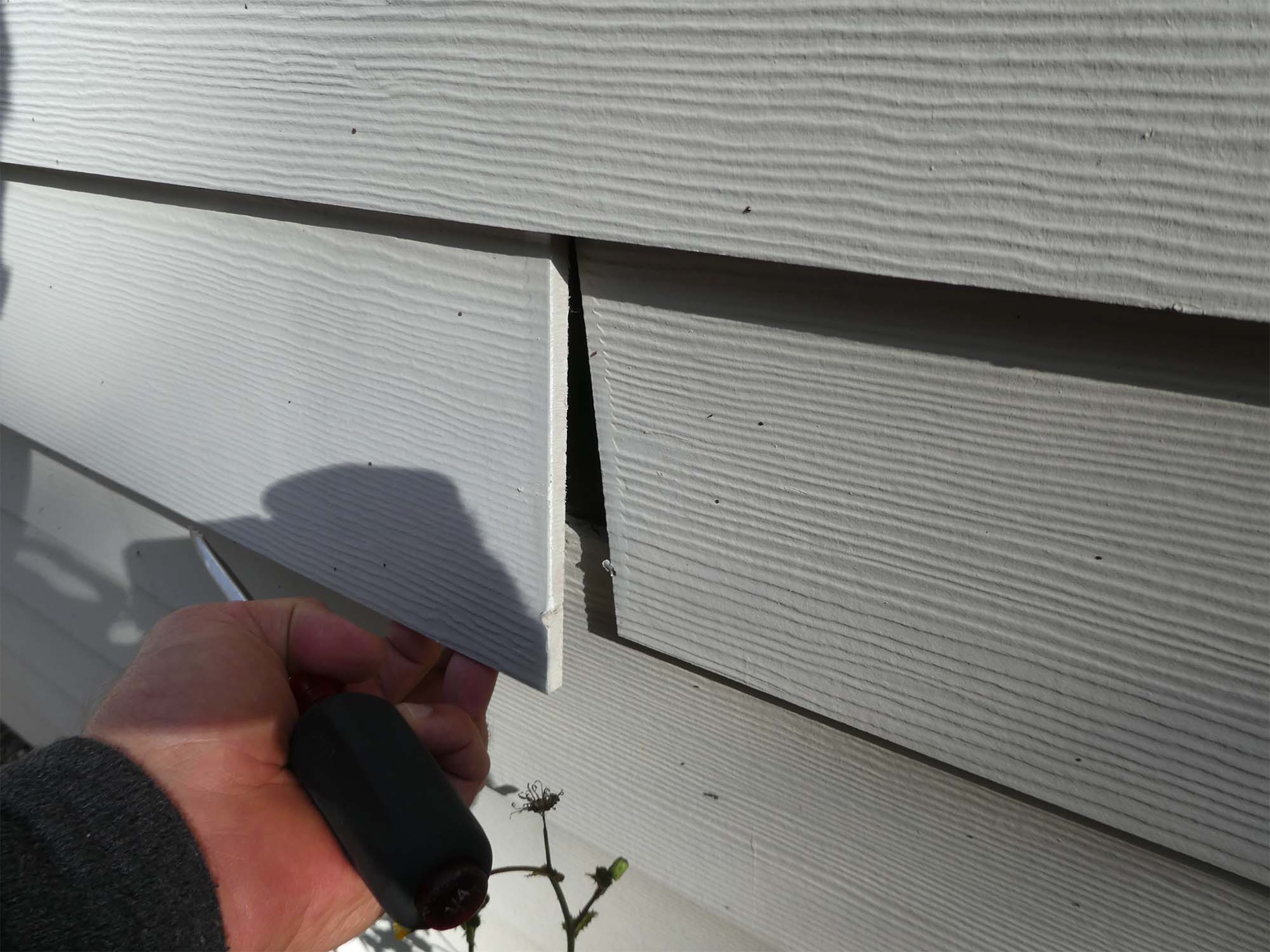
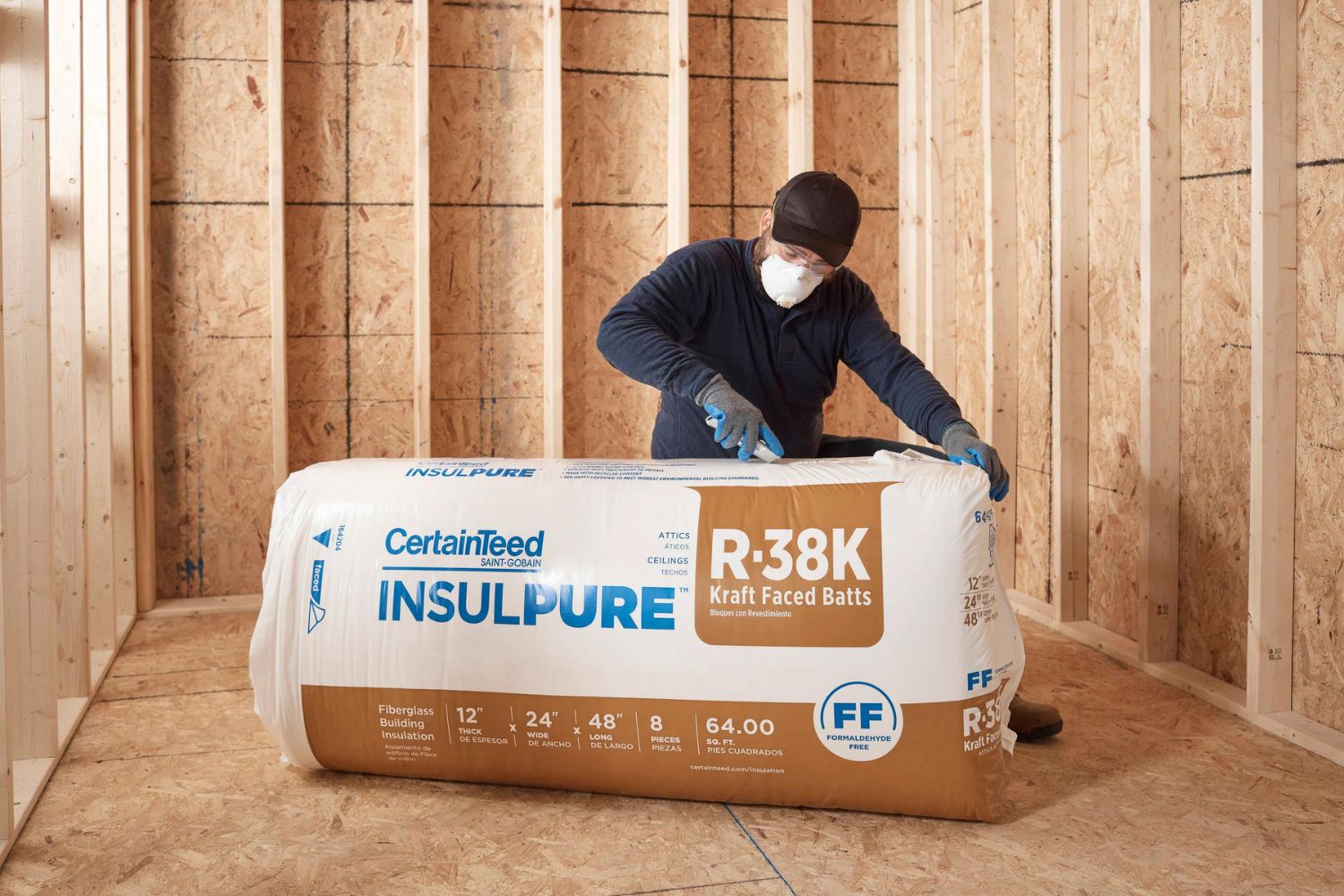
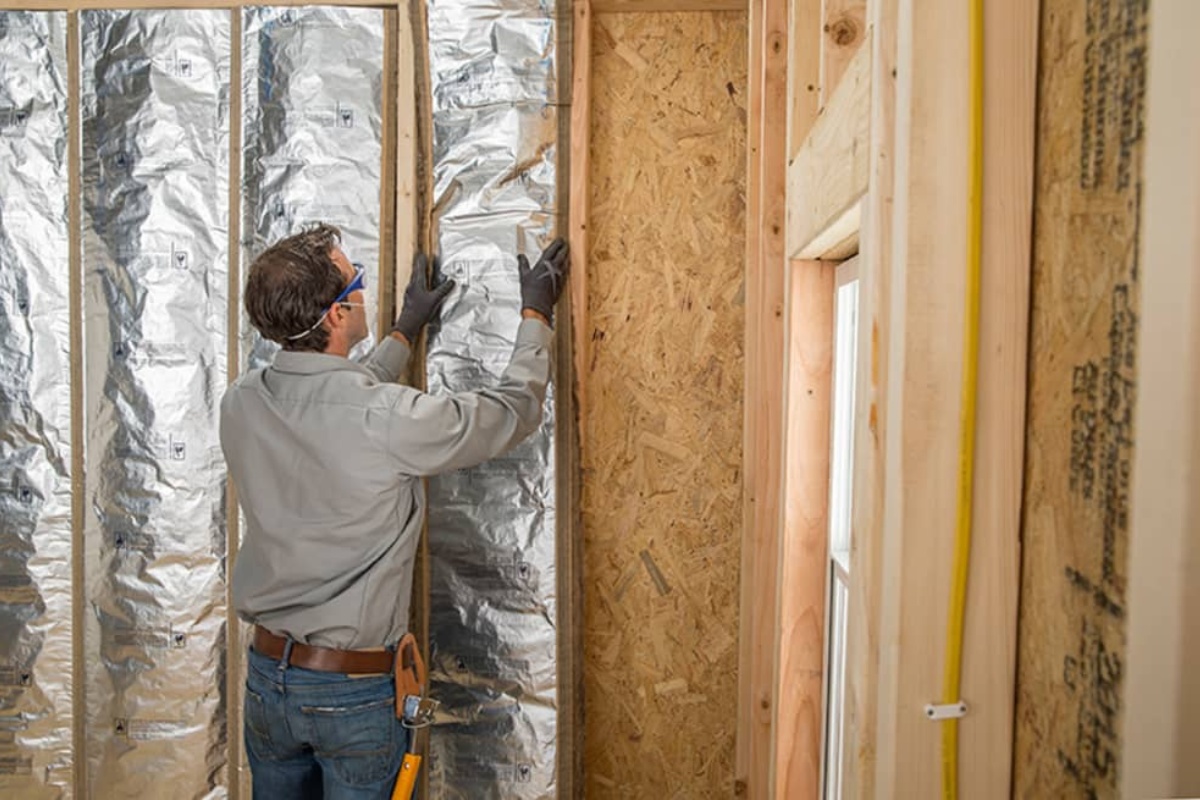
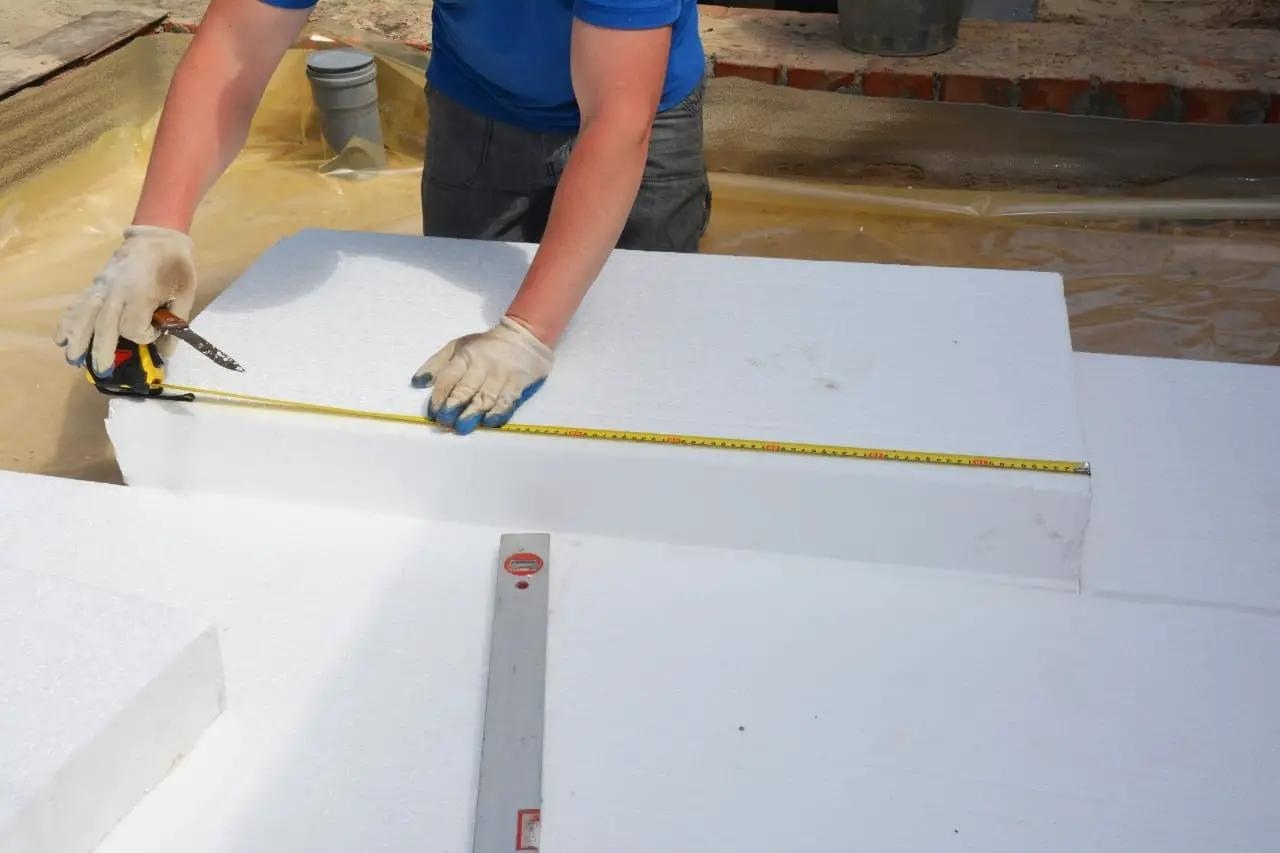
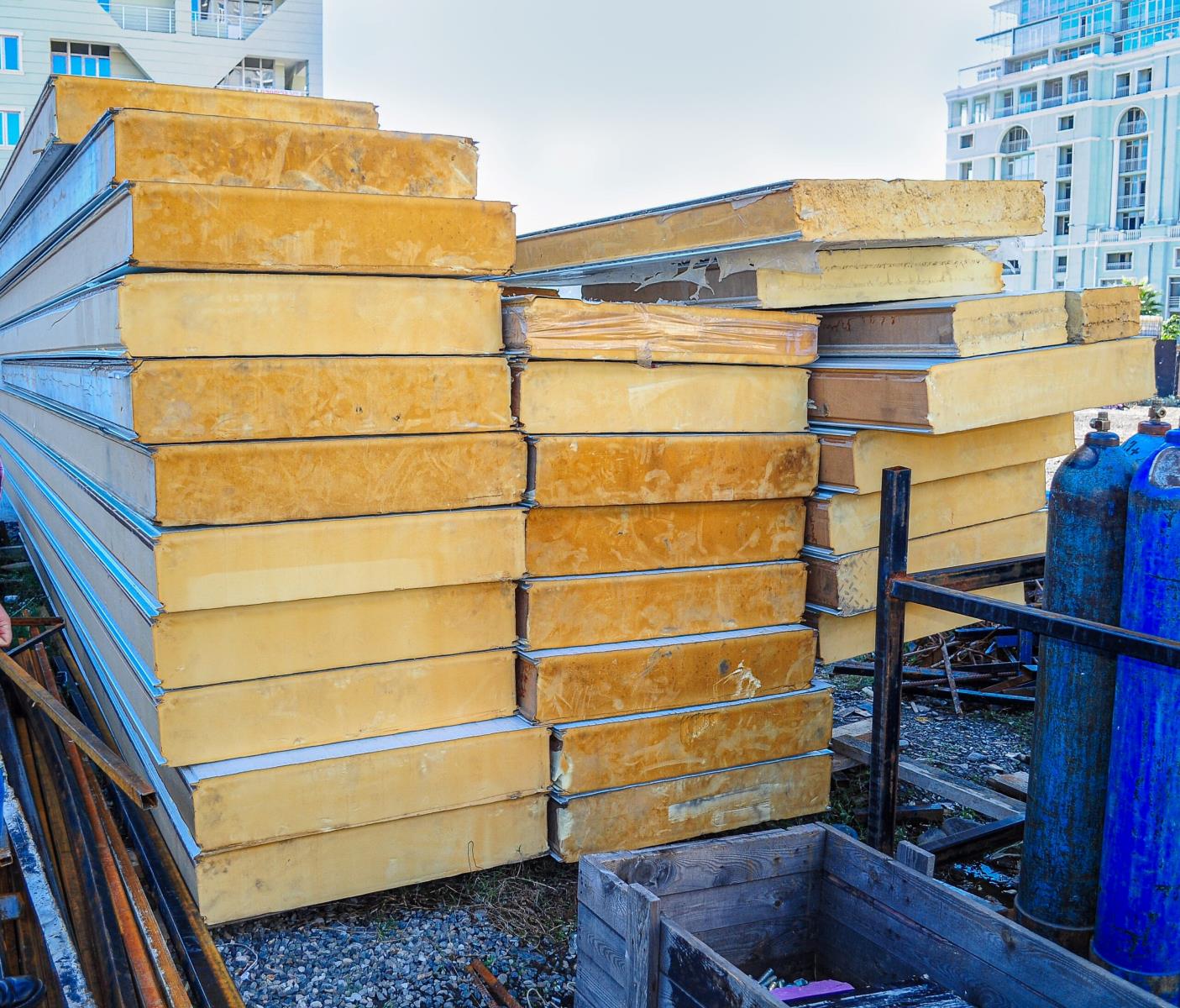
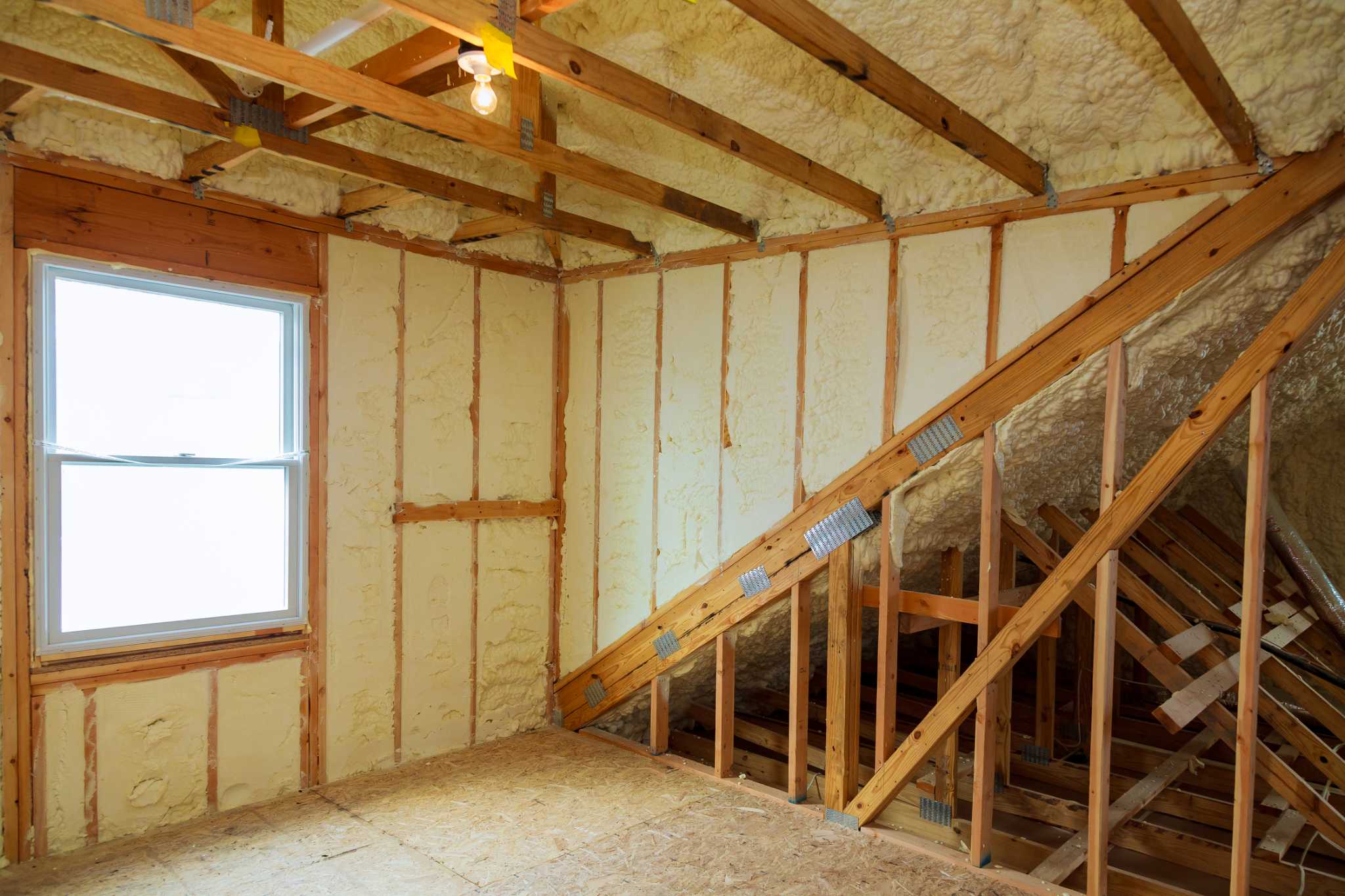
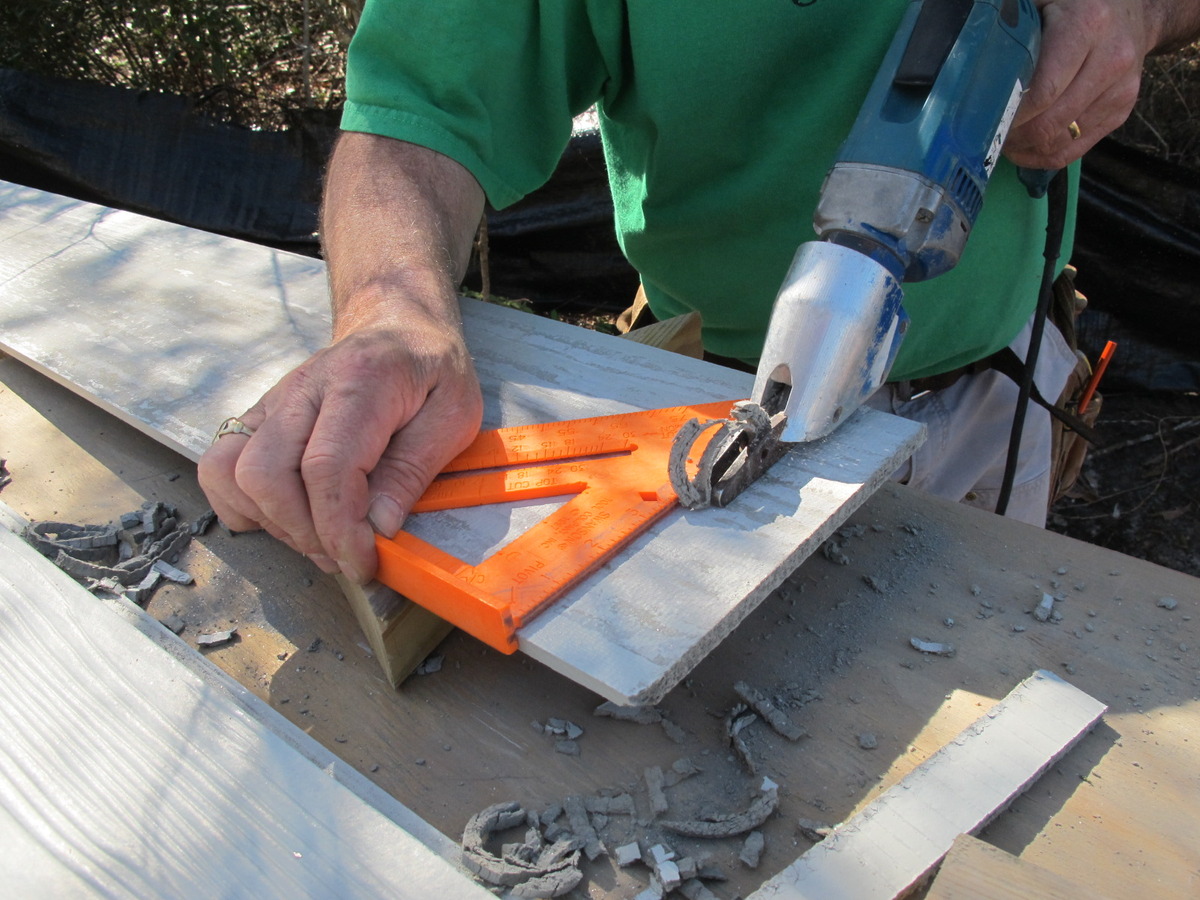
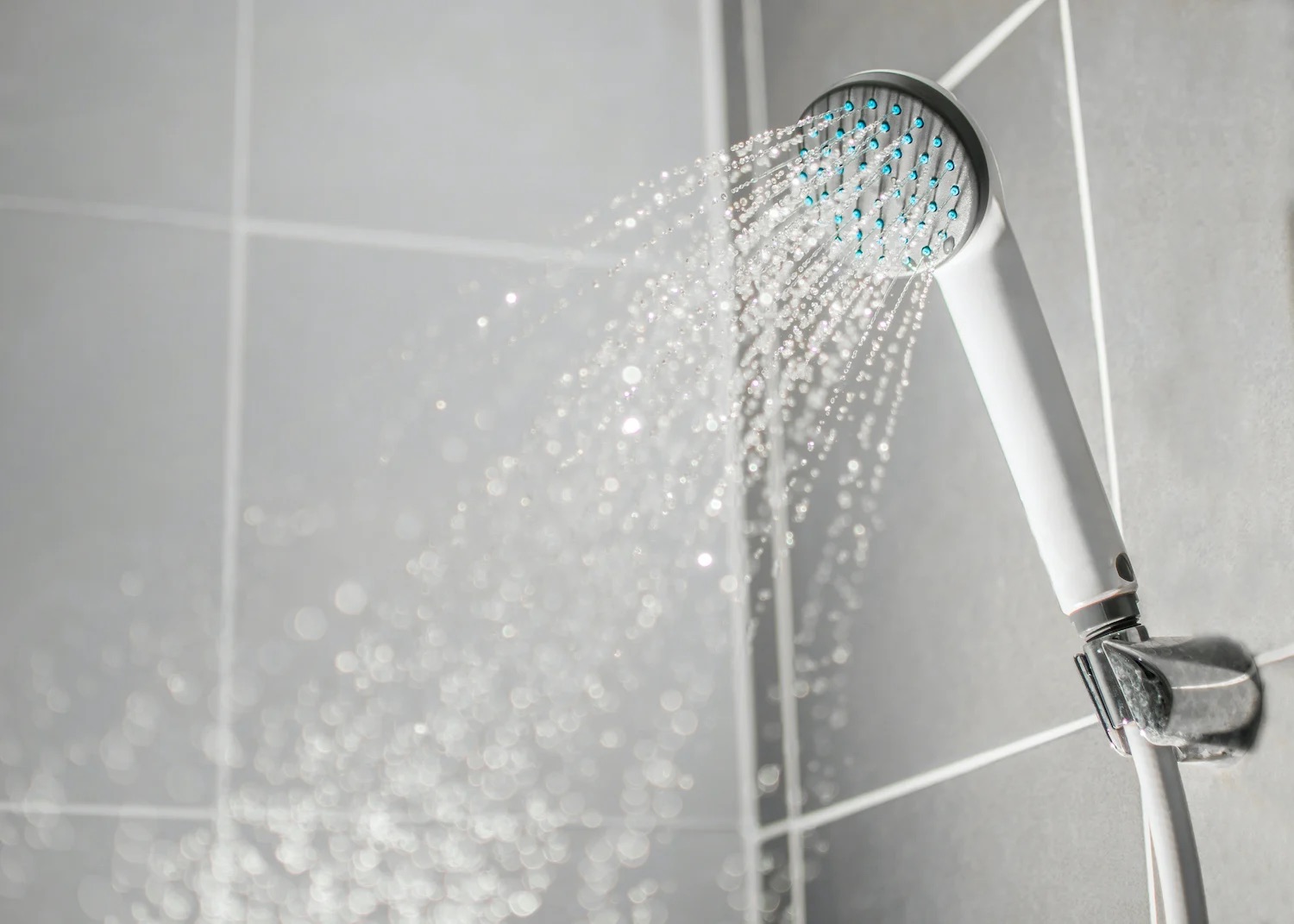
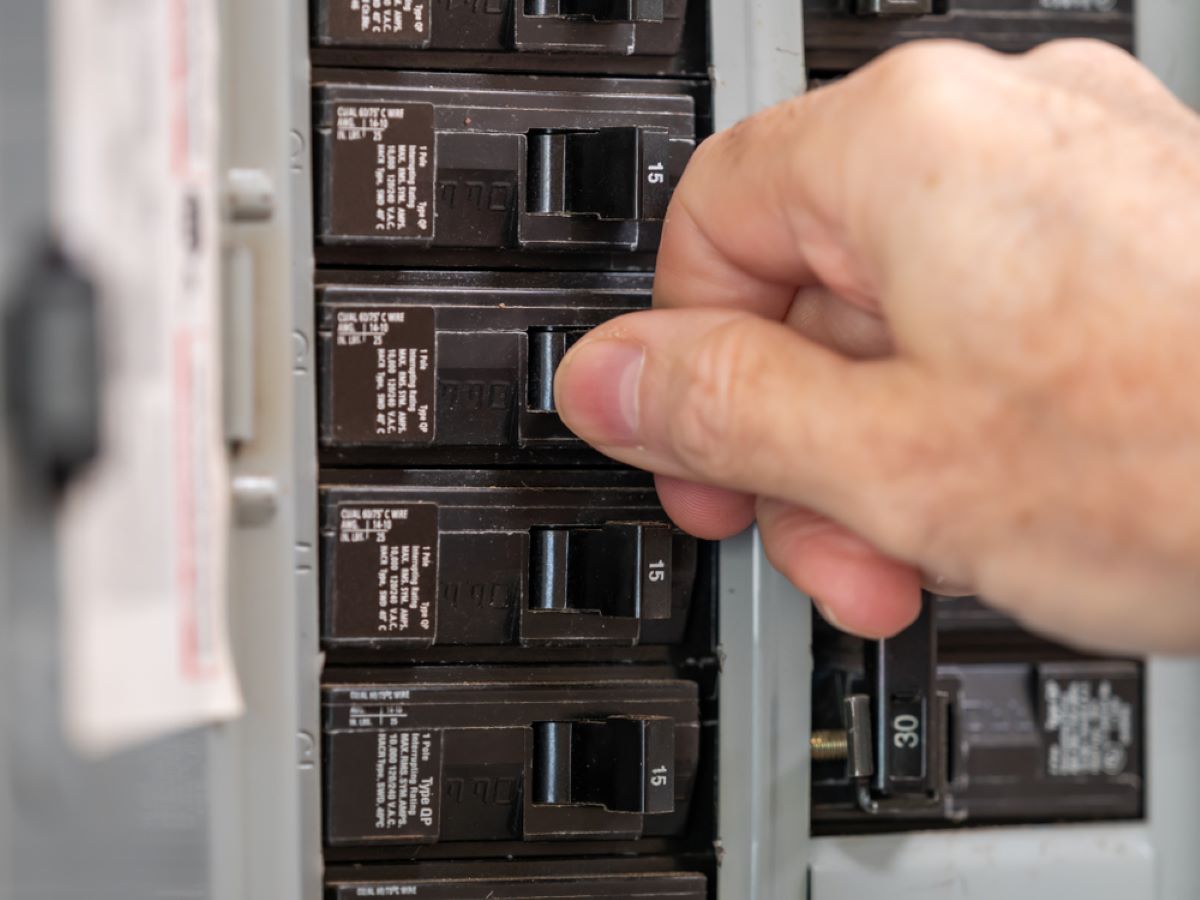
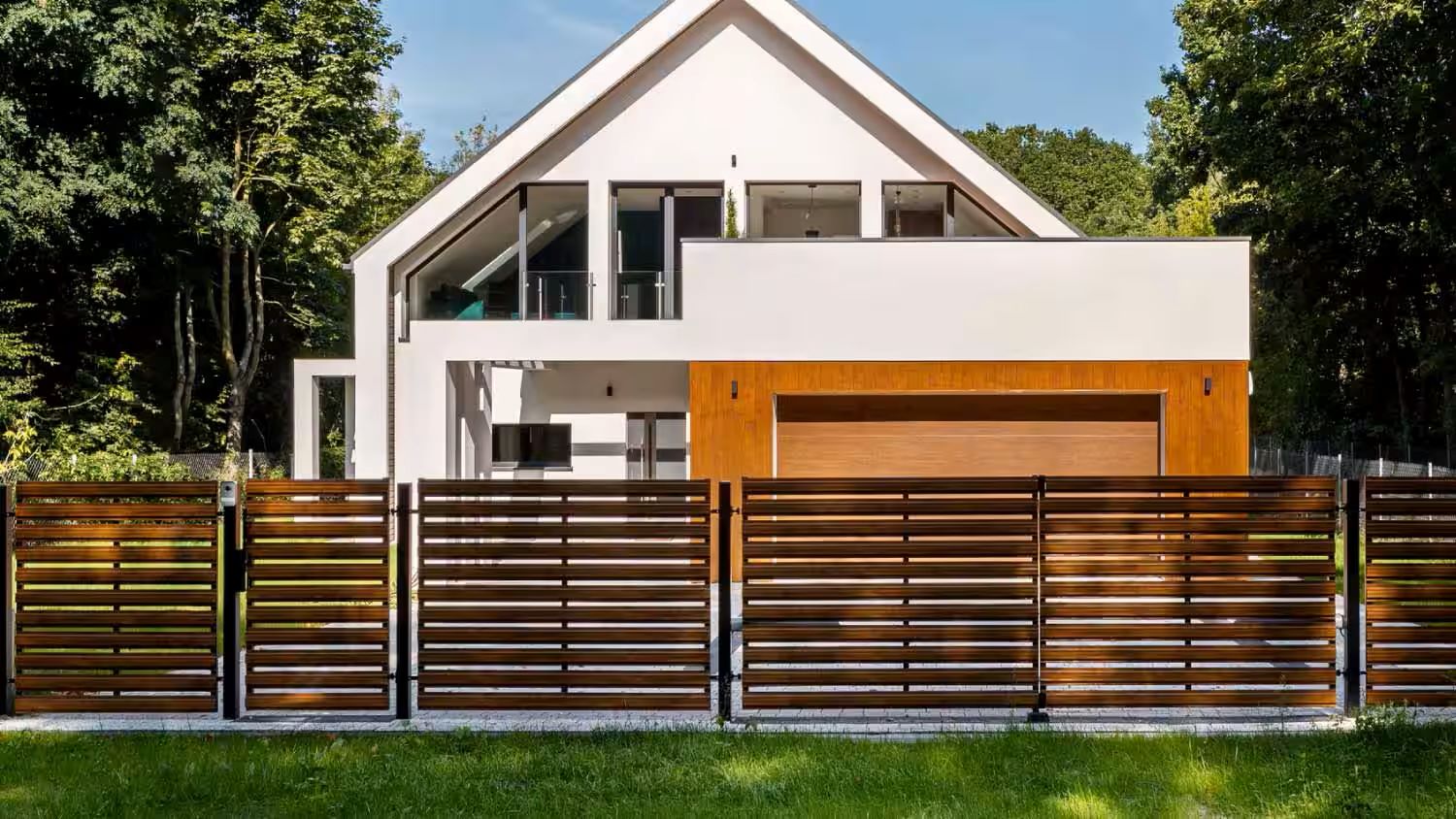

0 thoughts on “Which Side Of Insulation Board Faces Out”